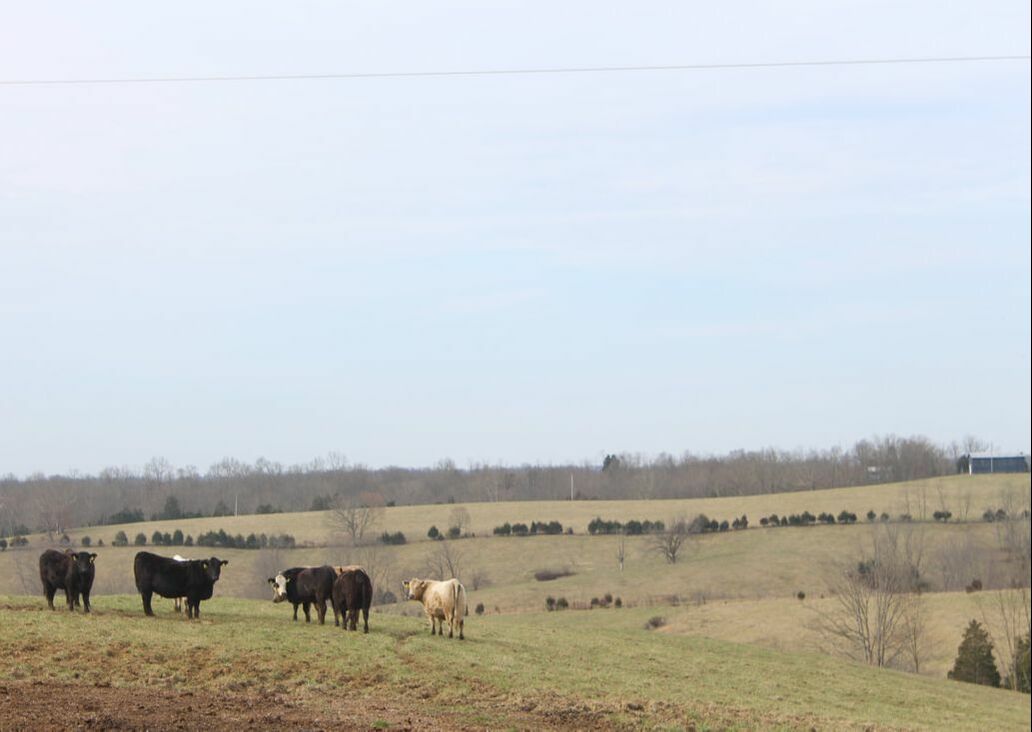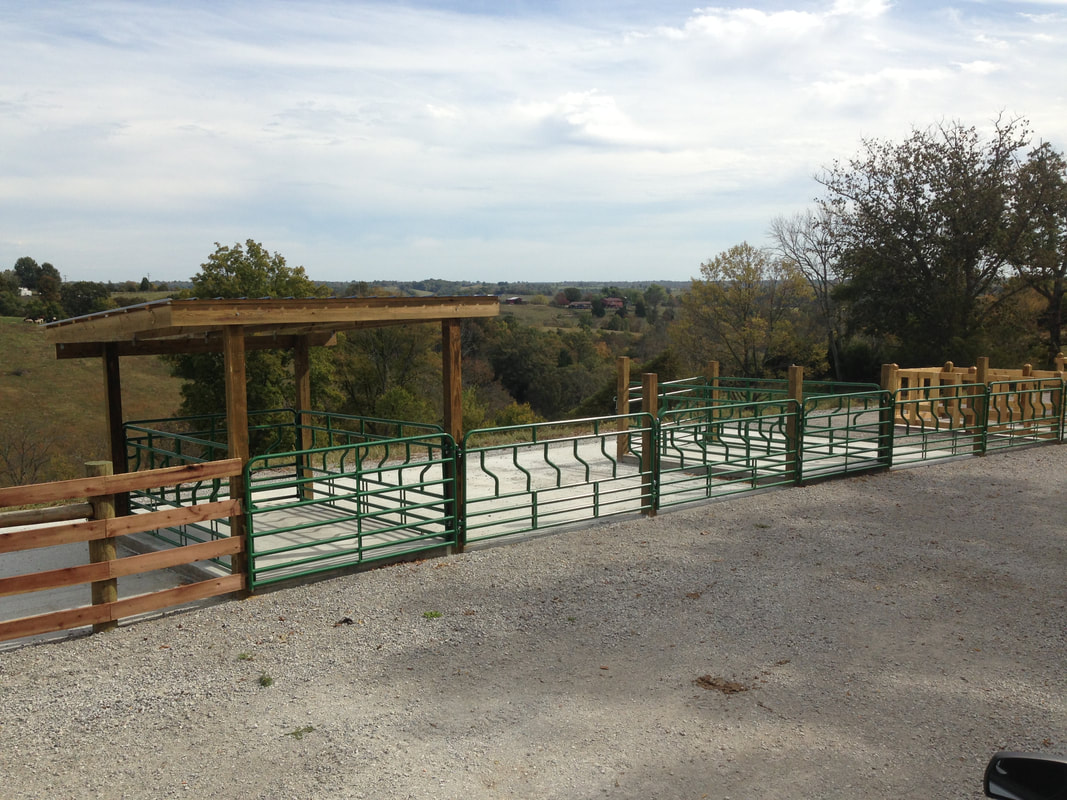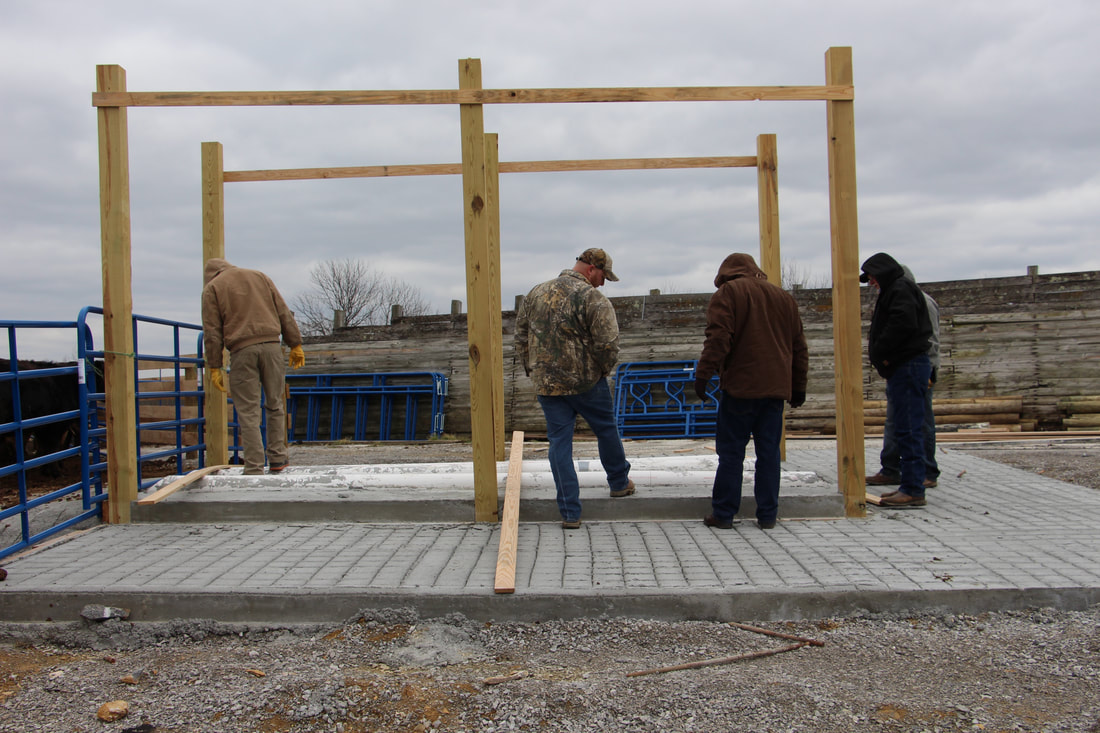|
By Dr. Steve Higgins & Lee Moser Beef producers have dealt with enough mud this past year to last a lifetime. Winter is not the time to implement projects to address mud. This is the time to plan projects to improve operations for next year. Follow these guidelines when planning a project to address mud, where to feed, and how to feed next year: Identify problem areas/areas of opportunities and set management goals for improvement. Create a list and prioritize. Be aware of the window of opportunity for prime construction season in Kentucky (Generally, May to October provides the best chance for completing on-farm construction projects). When the time comes to implement a project it is important to monitor the weather. It is always good to try to give yourself a window of fair weather for construction projects, if possible, but we all know how that can go in Kentucky. Develop a series of maps or scaled drawings of the problem areas and update it as possible strategies become available. These maps and drawings can be used for estimating construction material needs, labor, and time/distances evaluations. These maps and drawings are also useful for communicating project specifics to contractors, resource professionals, and extension staff that consult on the project. Develop a list of strategies for addressing the issue with your livestock numbers, management capacity, and farm conditions taken into consideration. This needs to include details of siting and orientation of structures and practices. Part of the list of strategies to choose from needs to include operations and maintenance requirements of the practice or structures you choose. Make sure you are willing and able to properly operate and maintain any structure or practice that you build or implement. Research solutions, siting criteria, and operations/maintenance requirements and consult with resource professionals or extension staff, if you need advice. They can often provide plans, drawings, and publications related to your project. Do a cost/benefit analysis of the strategies you identify as possible solutions. Be sure to include things like savings in time and travel when considering your alternative strategies. At this point you should start developing materials lists and pricing parts and pieces. Determine if this will be a “do it yourself” project or whether you will involve a contractor. This will greatly influence the price of various strategies. If using a contractor, start reaching out for bids. Contact other producers and resource professionals for recommendations on contractors. It is important to remember that the cheapest contractor is not always the lowest cost option, in the long run. You often get what you pay for. Select contractors based not only on bid, but on reputation. Go check out some of the contractor’s work before committing to hiring their services. It is always good to ask about project completion timelines and if they will be committed to finish the job once they start without leaving the site to tend to other jobs (within reason). Having a committed contractor can expedite the successful completion of a project. You don’t want to have projects drag on. The longer ground is open, the more likely you are to experience washouts, erosion, and runoff from a project site, which can take time and money to address. You can also lose the use of a site during construction, so quick completion can be important to daily operations. Talk to extension agents and resource professionals about cost-share options for your projects. Be sure to state your desired timeline and budget and see if you can work your project into a cost-share program that fits your needs.
Determine which strategy is the best fit for your operational and management goals. Implement the project and observe results. Use feedback from observations to make continuous improvements and share your experiences with others that are facing similar challenges. Comments are closed.
|
Archives
June 2024
Categories
All
Welcome |
CONTACT US |
EMAIL SIGN UP |
|
Eden Shale Farm
245 Eden Shale Rd. Office: (859) 278-0899 Owenton, KY 40359 Fax: (859) 260-2060 © 2021 Kentucky Beef Network, LLC.. All rights reserved.
|
Receive our blog updates
|




 RSS Feed
RSS Feed
